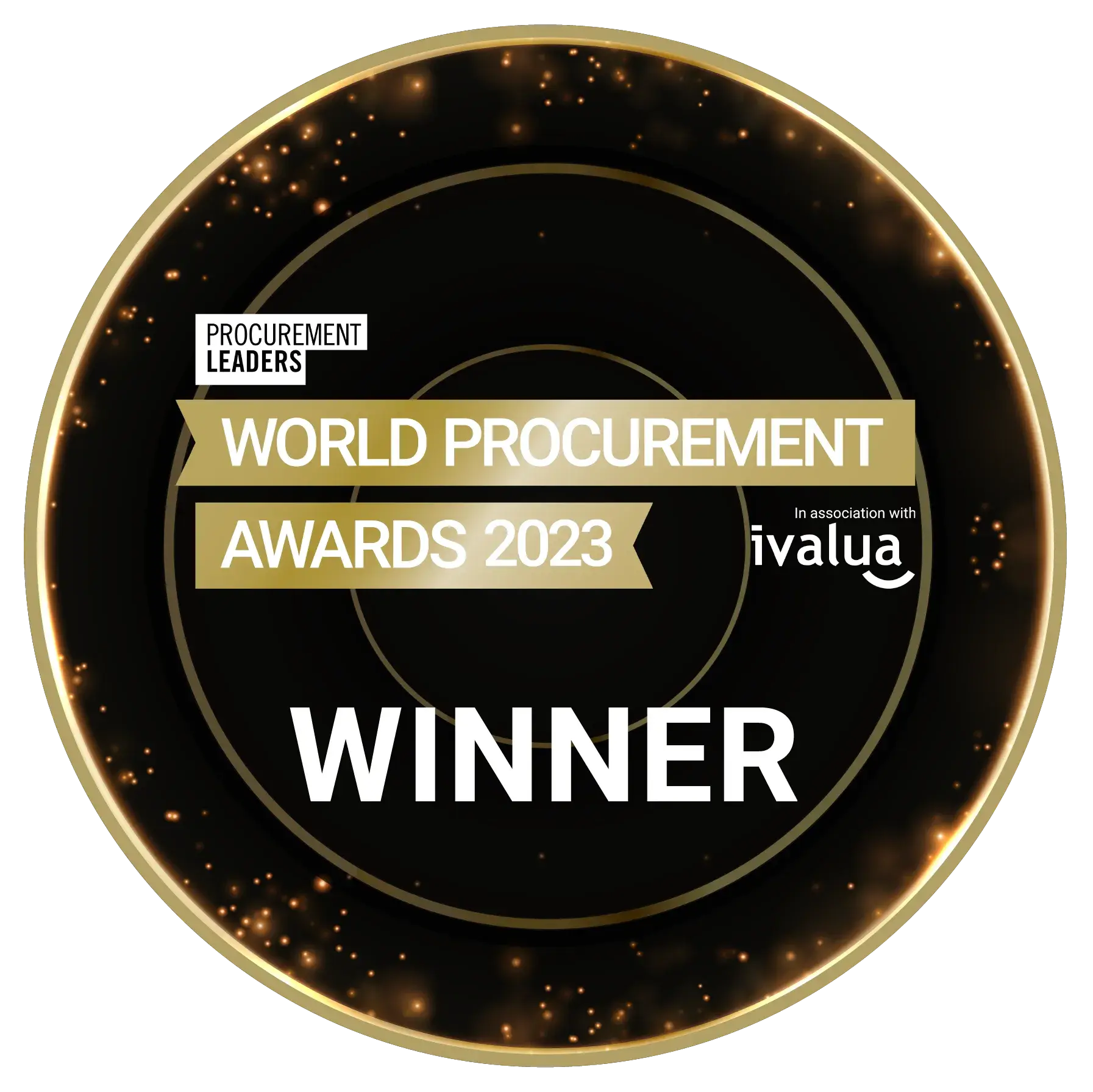Supplier relationship management (SRM) can be viewed as one of the few remaining opportunities for procurement to make a significant difference in an organization’s success.
SRM is mostly about collaboration with strategic (or key) suppliers based on a contractual agreement. Key suppliers can be defined as those critical to the business, ones with high spend activity, or those who are active innovators.
SRM programs can be quite complex depending on the type of business you are in, the size of the enterprise, and where you are on the maturity ladder. Many organizations have found it difficult to initiate, develop and manage such partnerships.
However, there are some basic common themes. One definition of supplier relationship management that suits most situations is:
"SRM is a comprehensive approach to procurement, managing and capturing the post-contract value from key business relationships" (CIPS).
It is a long-term strategy that requires careful planning, open communication channels, and robust governance.
Problems are faced when there is a lack of budget and resources and when the market conditions are uncertain. However, SRM has the potential to create new value and competitive advantage through implementing improved efficiencies thereby creating a “win-win” result in all sizes of organizations.

Communication in Supplier Relationship Management
Effective two-way communication is the key to successful commercial relationships. Earning a key supplier’s trust and respect is only possible with honest and open communication, being responsive to their concerns, and involving them in process improvements.
DO
✔️ Express your requirements clearly and listen to your supplier’s needs.
✔️ Involve suppliers in any intended changes to the way they work with you.
✔️ Consider how, when and where messages are transmitted for best effect.
✔️ Share performance information for discussions on possible improvements.
DON’T
❌ Disrespect your suppliers by undermining their contribution.
❌ Criticize their performance without providing supporting facts.
❌ Treat a supplier unfairly which may cause resentment leading to a drop in performance.
Collaboration in Supplier Relationship Management
We collaborate with strategic suppliers because we want to a) reduce costs, b) make process improvements c) encourage innovation in products or services. Studies have found that top procurement teams that successfully align with their key suppliers have improved supplier capabilities of innovation, quality, and reliability as well as achieving price reductions.
DO
✔️ Make sure that SRM plans are endorsed by executive management before engaging with a supplier.
✔️ Establish a clear internal process to capture supplier ideas for continuous improvement and innovations.
✔️ Work with the supplier to agree on the key performance indicators (KPIs).
DON’T
❌ Ignore or disregard supplier feedback at any level or via any function in the organization.
❌ Exclude end-users when exploring collaboration opportunities with suppliers.
Governance and risk in Supplier Relationship Management
Consistent working practices supported by agreed policies, tools, and templates must be factors in the success of SRM programs. Where there are robust contract, risk, and performance measures in place, suppliers are clear on what is expected of them.
DO
✔️ Ensure that for strategic suppliers, a clear and jointly agreed governance framework is in place.
✔️ Identify and categorize potential risk areas and mitigate where possible.
DON’T
❌ Regard risk management as an event, it needs to be continuously monitored.
❌ Ignore warning signs of poor performance or capacity issues.
People in Supplier Relationship Management
Any SRM initiative will fail without the right people to manage it. The required skills need to be identified and training solutions developed and implemented to fill any gaps.
DO
✔️ Align the commercial and technical skills and abilities of staff with the types of contracts to be managed.
✔️ Invest in soft-skills training around communication, listening, influencing, and managing change.
✔️ Support continuing education for procurement teams and other internal stakeholders, and suppliers on the trends in effective SRM.
DON’T
❌ Tolerate outdated adversarial relationships with strategic suppliers. They drain resources and waste management time.
❌ Expect too much of a supplier manager: allocate responsibility for a small number of contracts.
Technology in Supplier Relationship Management
The key to an effective SRM is having a system in place that makes it easy to view your suppliers and analyze all of the risk factors. The choice of a solution depends on your budget and need not be the most sophisticated one available. Any solution should promote collaboration, track performance, and highlight risk factors.
DO
✔️ Share data and information with your supplier using a shared portal or cloud platform that includes an easy-to-read dashboard.
✔️ Provide visible alerts and a communication facility to raise issues and respond to them.
DON’T
❌ Overcomplicate the technology. Only invest in a solution that fulfills your needs.
If you are new to SRM, start small with a small number of pilot projects. Supplier relationship management is not a one-off event nor is it the exclusive remit of procurement. It is recommended that you regularly review supplier activity with end-users and other stakeholders to reassess your key suppliers and their KPIs. SRM is about relationship building for the long term.

Header picture by: Charles Deluvio (unsplash.com)



